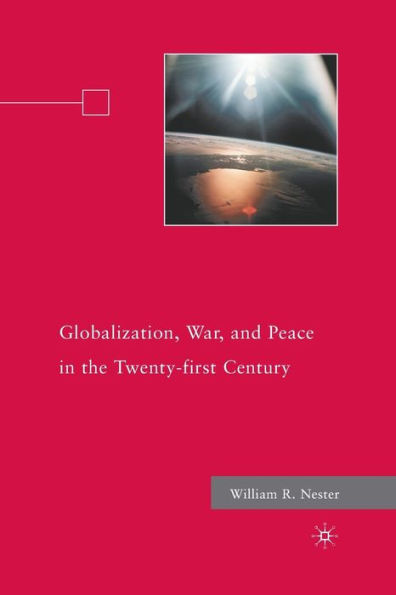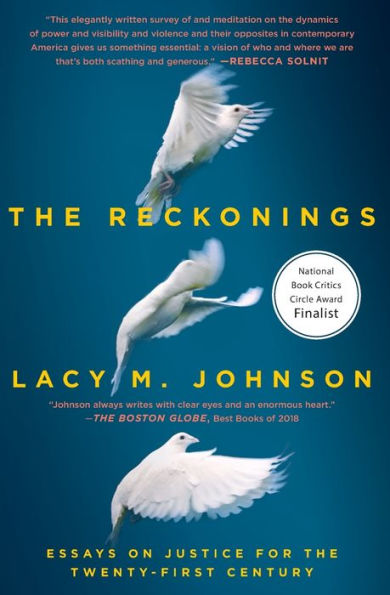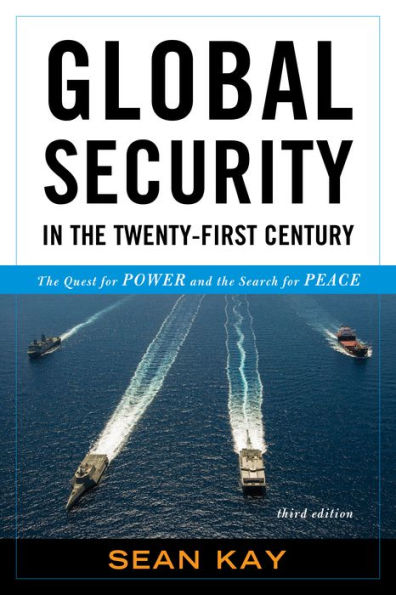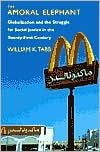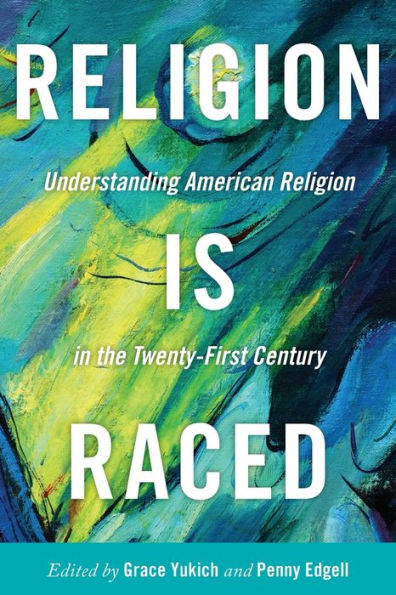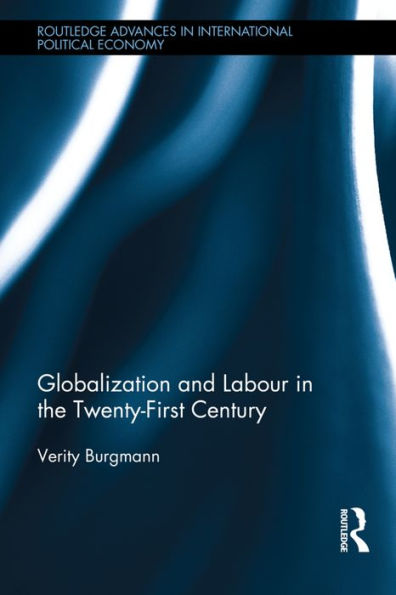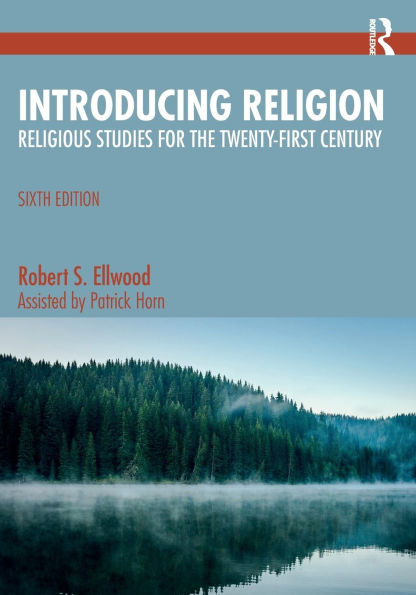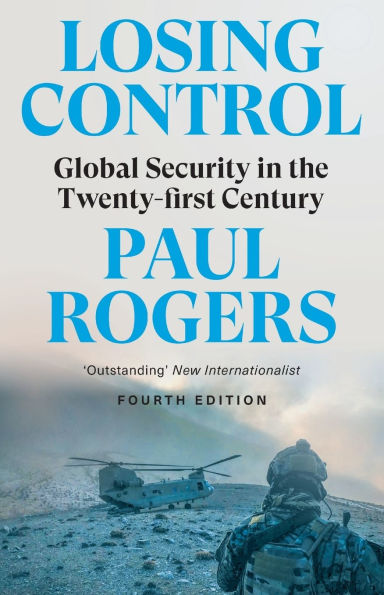Home
the Future of Peace and Justice Global Village: Role World Religions Twenty-first Century
Loading Inventory...
Barnes and Noble
the Future of Peace and Justice Global Village: Role World Religions Twenty-first Century
Current price: $65.00
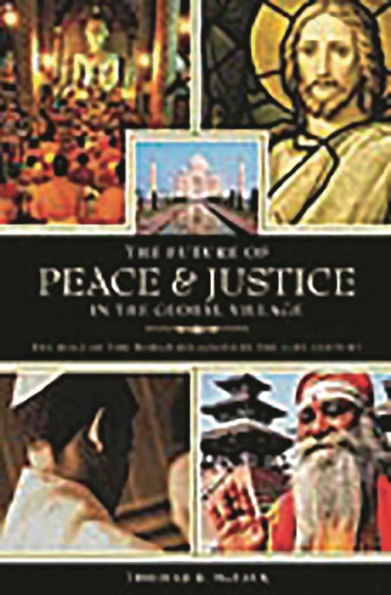

Barnes and Noble
the Future of Peace and Justice Global Village: Role World Religions Twenty-first Century
Current price: $65.00
Loading Inventory...
Size: Hardcover
*Product Information may vary - to confirm product availability, pricing, and additional information please contact Barnes and Noble
Many authors have written on the effect technology, economics, and politics have on globalization, but few have addressed the potential impact of world religions on the future direction of globalization. McFaul's fascinating book explores what others have not: the part the world's major religions—Hinduism, Buddhism, Jainism, Zoroastrianism, Judaism, Christianity, and Islam—will play in bringing either greater peace and justice or hatred and hostility to the global village.
Will these religions, which exert the greatest amount of influence worldwide, be a force for good or ill in the emerging global village of the 21st century? This book answers that question and more. Covering the religions to which the majority of world's population adheres, it offers insight into the commonalities, differences, and potential for coming together to create peace to be found among the major faiths. The world's seven major religions are covered, and topics such as sexuality, ethics, violence, and the tension between secular and sacred arenas are discussed for each. McFaul argues that if the leaders and laity of these religions are able to find common ground, efforts toward peace and justice in the global village can be more effective and lasting. If they accentuate their differences, he suggests, they will only produce more hatred and hostility.
Will these religions, which exert the greatest amount of influence worldwide, be a force for good or ill in the emerging global village of the 21st century? This book answers that question and more. Covering the religions to which the majority of world's population adheres, it offers insight into the commonalities, differences, and potential for coming together to create peace to be found among the major faiths. The world's seven major religions are covered, and topics such as sexuality, ethics, violence, and the tension between secular and sacred arenas are discussed for each. McFaul argues that if the leaders and laity of these religions are able to find common ground, efforts toward peace and justice in the global village can be more effective and lasting. If they accentuate their differences, he suggests, they will only produce more hatred and hostility.
